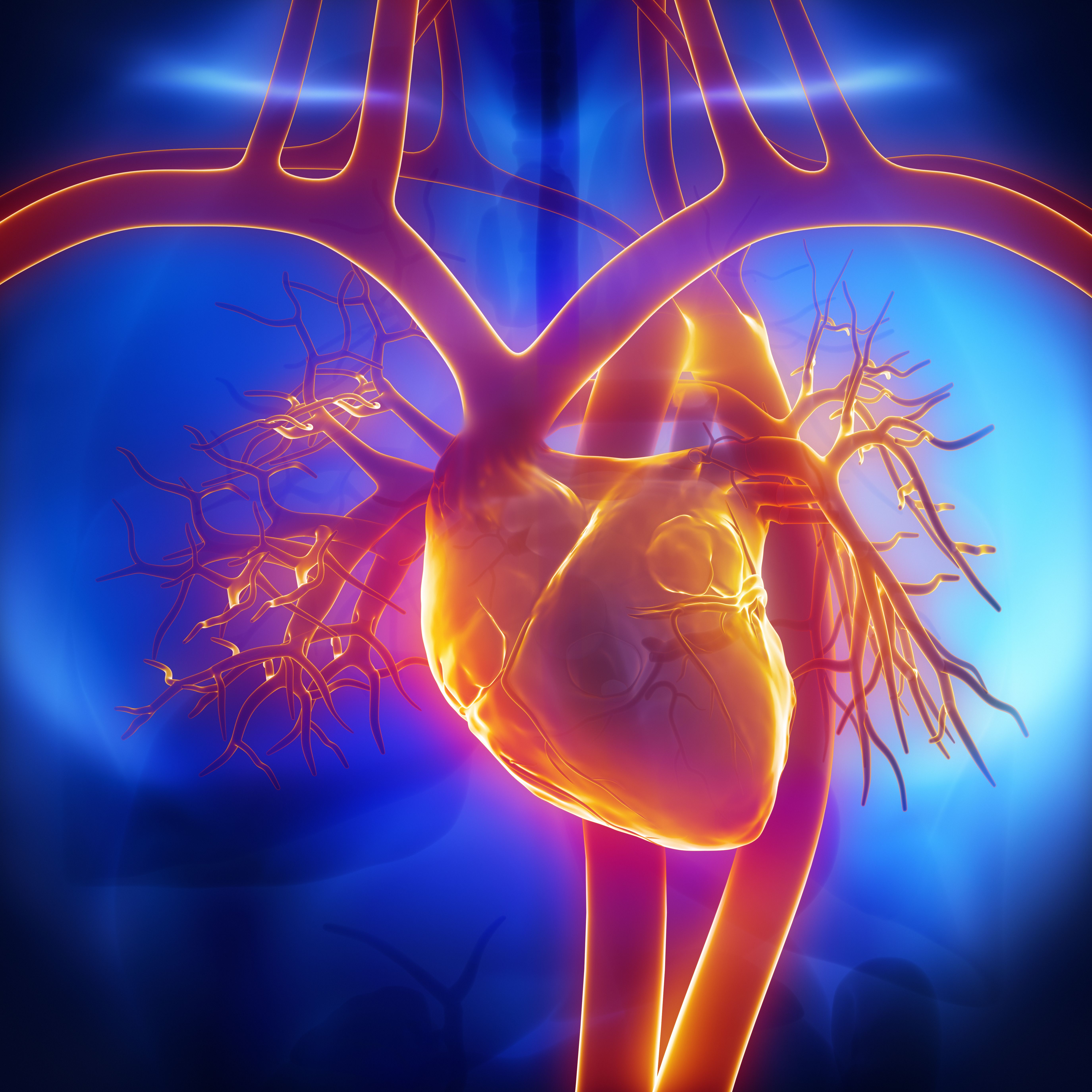News
Article
Study Explores Mechanisms of Cognitive Impairment in PAH
Author(s):
A cross-sectional study suggests that mild cognitive impairment is associated with pulmonary arterial hypertension (PAH).
Mild cognitive impairment has been linked to pulmonary arterial hypertension (PAH), and a study published in Annals of Clinical and Translational Neurology found noninvasive markers of pulmonary vascular remodeling to be associated with a frontal-subcortical syndrome indicative of vascular cognitive impairment
PAH is a rare and complex disease that contributes to heightened arterial pressure and can result in right heart dysfunction. Ongoing research has even begun categorizing PAH as a systemic disease that impacts more than cardiovascular functioning.
The authors mention recent studies indicating that consequences like cognitive impairment are present in close to half of all patients enduring PAH; however, the underlying mechanisms in these cases are still unknown. Therefore, researchers conducted a study to verify the presence of cognitive impairment in patients with PAH, examine various cardiopulmonary measures, and characterize cognitive impairment syndrome with the hopes of unearthing any implicit mechanisms at work.
Heart, veins, and arteries | Image credit: CLIPAREA.com - stock.adobe.com

Adult patients with established PAH diagnoses from the Yale Pulmonary Vascular Disease (PVD) clinic were evaluated between February 27 and December 9, 2021. Each patient engaged in same-day, sub-maximum cardiopulmonary exercise testing (CPET). Variables from this testing have previously demonstrated a degree of prognostic significance for patients with pulmonary hypertension, the authors noted. The participants' exercise consisted of going up and down a step for 3 minutes, and they were fitted with a mouthpiece connected to a continuous gas exchange analyzer and portable metabolic cart during this time.
Additionally, patients took the Self-Administered Gerocognitive Exam (SAGE) to assess for cognitive impairment. This tool tests across various cognitive domains, and any score less than 17 is associated with cognitive impairment.
A total of 23 subjects participated in this study. After their assessments, 6 met the criteria for cognitive impairment (with the majority categorized as “mild” impairment). Those who met these criteria experienced trouble on tests of executive functioning, visuospatial assessment, calculation, and memory.
Of the cardiopulmonary metrics measured, the one most closely associated with cognitive impairment was decreased figures of gas exchange-derived pulmonary vascular capacitance (GXCAP). The second most closely associated metric was systemic oxygen desaturation after exercise.
Among the limitations the researchers faced, a small cohort and limited cognitive testing measures were named. They mentioned that their estimations of prevalence were 40% lower than previous studies have cited; however, they also note that PAH is uncommon and that this affects their ability to gather potential subjects.
The resulting cognitive impairments researchers witnessed are typically associated with frontal-subcortical cognitive impairment syndrome—which is more often linked to cerebrovascular disease. Because of this, researchers conclude by theorizing: “The presence of a frontal-subcortical cognitive impairment syndrome that is most closely associated with measures of increased pulmonary vascular remodeling suggests the possibility of cerebral vascular remodeling, causing impaired cerebral VMR and cognitive impairment."
Still, they added, additional research is necessary to determine the association between cognitive impairment and pulmonary vascular and cerebrovascular remodeling in PAH.
"Directions for future studies include larger studies with more in-depth cognitive testing to confirm the frontal-subcortical syndrome and investigations of the relationship between pulmonary vascular remodeling, cerebrovascular disease, and cognitive impairment in PAH using invasive CPET," the authors wrote.
Reference
Heller S, See C, Singh I, Fredericks CA. Cognitive impairment in pulmonary arterial hypertension. Ann Clin Transl Neurol. Published online August 7, 2023. doi:10.1002/acn3.51867




